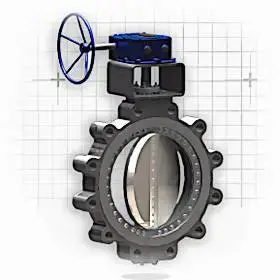- Equivalent Roughness Of Copper Pipe
- Pipe Roughness Coefficient Table
- Absolute Roughness Of Copper Pipe
- Relative Roughness Of Copper Pipe
 Commercial pipes comes in many different materials and many different sizes. The internal roughness of a pipe is an important factor when considering the friction losses of a fluid moving through the pipe.
Commercial pipes comes in many different materials and many different sizes. The internal roughness of a pipe is an important factor when considering the friction losses of a fluid moving through the pipe. 
For each pipe material either a single pipe roughness value or a range of roughness values is normally provided by the manufacturer. The roughness value, usually denoted as
Equivalent Roughness Of Copper Pipe
Pipe Roughness There are different systems for calculating the pipe roughness, but typically, the higher the value, the rougher the pipe, and the more losses due to friction. Based on the chart above, drawn brass or copper will be the smoothest and most efficient option, while concrete would be the roughest and least efficient option.
e- The roughness is actually a measurement of all the asperities at the surface of a material, especially a pipe where it will oppose the flow of fluid. The following table is summarizing usual pipe roughness for many materials used for piping or ducts.
- Note: Absolute roughness of copper pipe? Apparatus: Pipe apparatus. A copy of these notes and observation sheet. Procedure – Pressure drop (Heal Loss) in pipes: Measure the temperature of the water and use published data to determine the viscosity of the water. (Table 1) Table 1: Dynamic and Kinematic Viscosity in SI.
- Pipe and Duct Systems Table A.1 Average roughness of commercial pipes. Table A.6 Data for copper pipes Weight per Linear Foot of Gallons of Pipe and Water per Water (lb) Linear Foot Diameter (in.) Material Nominal Inner Outer Copper Type L 1/4 0.315 0.375 0.16 0.004.
Absolute Roughness
The roughness of a pipe is normally specified in either mm or inches and common values range from 0.0015 mm for PVC pipes through to 3.0 mm for rough concrete pipes.
Relative Roughness
The relative roughness of a pipe is its roughness divided by its internal diameter or e/D, and this value is used in the calculation of the pipe friction factor, which is then used in the Darcy-Weisbach equation to calculate the friction loss in a pipe for a flowing fluid.

Pipe Materials and Common Pipe Roughness Values

| Material | e (mm) | e (inches) |
| Concrete | 0.3 - 3.0 | 0.012 - 0.12 |
| Cast Iron | 0.26 | 0.010 |
| Galvanized Iron | 0.15 | 0.006 |
| Asphalted Cast Iron | 0.12 | 0.0048 |
| Commercial or Welded Steel | 0.045 | 0.0018 |
| PVC, Glass, Other Drawn Tubing | 0.0015 | 0.00006 |

Pipe Materials and Pipe Diameter Database
Our Pipe Flow Expert software comes with its own database of pipe materials and pipe diameters, which includes the pipe roughness values and standard material schedules of many types of pipe. Users can also add their own pipe data for any material and any pipe size if required.
Pipe Roughness Coefficient Table
Pipe materials in the Pipe Flow Expert pipe database include Cast Iron (Class A,B and C), Copper Tube (Type X,Y,K,L,M), HDPE (SDR 7.3 to SDR 26), PVC (Schedule 40, 80, and CL100 to CL315), Stainless Steel (Schedule 5s, 10s, 40s), Steel (Schedule 40,80,160) and more.
Absolute Roughness Of Copper Pipe
Relative Roughness Of Copper Pipe
You can download Pipe Flow Expert for a free trial and see how it makes it easy to draw, design and calculate the flows and pressure drops in your pipe system.